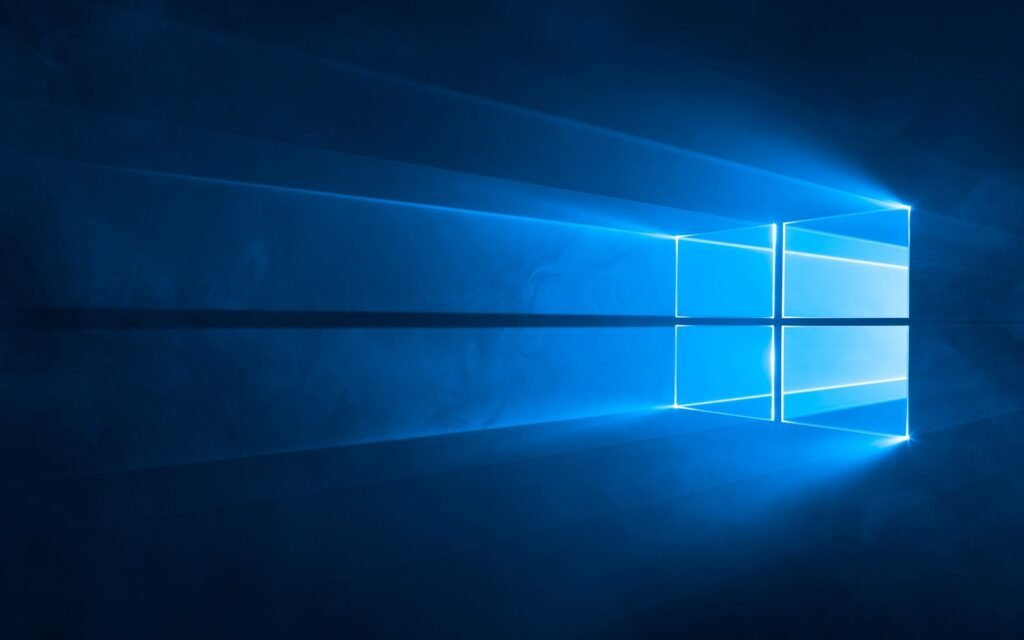In today’s digital age, many of us spend significant amounts of time in front of screens, whether it’s for work or leisure. However, the blue light emitted by these screens can have a negative impact on our sleep patterns and overall well-being. To address this issue, Windows has introduced a feature called Night Light that aims to reduce the amount of blue light emitted by your device. In this article, we will explore how to use and troubleshoot the Windows Night Light feature.
What is Windows Night Light?
Windows Night Light is a built-in feature in Windows 10 that adjusts the color temperature of your screen to reduce the amount of blue light emitted. By shifting the color spectrum towards warmer tones, Night Light aims to help you sleep better and reduce eye strain, especially during the evening and nighttime hours.
How to Enable and Customize Night Light
Enabling and customizing Night Light is a straightforward process:
- Click on the Start menu and open the Settings app.
- Select the “System” category.
- Click on “Display” in the left-hand menu.
- Under the “Brightness and color” section, you will find the Night Light settings.
- To enable Night Light, toggle the switch to “On”.
- You can adjust the color temperature by moving the slider towards “Warmer” or “Colder” as per your preference.
- Additionally, you can schedule Night Light to turn on and off automatically by clicking on the “Night Light settings” link and configuring the desired timings.
Once you have enabled and customized Night Light, your screen will gradually shift towards warmer colors, reducing the amount of blue light emitted. You can always toggle the Night Light feature on or off by using the quick settings in the Action Center or through the Settings app.
Troubleshooting Night Light
If you encounter any issues with the Night Light feature, here are a few troubleshooting steps you can try:
1. Update Windows and Graphics Drivers
Ensure that your Windows operating system and graphics drivers are up to date. Outdated software can sometimes cause compatibility issues with Night Light. To update Windows, go to Settings > Update & Security > Windows Update. To update your graphics drivers, visit the manufacturer’s website or use a driver update utility.
2. Restart Your Device
Restarting your device can often resolve minor software glitches. Simply click on the Start menu, select the Power button, and choose “Restart”. Once your device restarts, check if Night Light is working properly.
3. Disable Third-Party Software
If you have any third-party software installed that modifies your display settings, such as color calibration tools or screen dimming applications, try disabling or uninstalling them. These software can interfere with Night Light and prevent it from functioning correctly.
4. Check Night Light Settings
Double-check your Night Light settings to ensure that they are configured correctly. Make sure the Night Light toggle is enabled and that the color temperature is set to your desired level. Additionally, verify that the scheduled timings are accurate.
5. Contact Support
If you have tried the above troubleshooting steps and are still experiencing issues with Night Light, it may be helpful to reach out to Microsoft support or your device manufacturer for further assistance. They will be able to provide you with specific guidance tailored to your device and software configuration.
Windows Night Light is a valuable feature that can help improve your sleep quality and reduce eye strain. By following the steps outlined in this article, you can easily enable, customize, and troubleshoot Night Light on your Windows device. Enjoy a more comfortable screen viewing experience, especially during the evening and nighttime hours.
Frequently Asked Questions (FAQs) about Windows Night Light:
- Q: What is Windows Night Light and what does it do?
A: Windows Night Light is a built-in feature in Windows 10 that adjusts the color temperature of your screen to reduce the amount of blue light emitted. By shifting the color spectrum towards warmer tones, Night Light aims to help you sleep better and reduce eye strain, especially during the evening and nighttime hours.
- Q: How do I enable and customize Night Light on my Windows device?
A: To enable and customize Night Light:
- Click on the Start menu and open the Settings app.
- Select the “System” category, then click on “Display.”
- Under the “Brightness and color” section, find the Night Light settings.
- Toggle the switch to “On” to enable Night Light.
- Adjust the color temperature by moving the slider towards “Warmer” or “Colder” as per your preference.
- You can also schedule Night Light to turn on and off automatically by configuring the desired timings.
- Q: How can I troubleshoot issues with Windows Night Light?
A: If you encounter problems with Night Light:
- Ensure that your Windows operating system and graphics drivers are up to date.
- Restart your device to resolve minor software glitches.
- Disable or uninstall any third-party software that modifies your display settings.
- Double-check your Night Light settings to ensure they are configured correctly.
- If issues persist, contact Microsoft support or your device manufacturer for further assistance.
- Q: Can I toggle Night Light on or off easily?
A: Yes, you can toggle Night Light on or off using the quick settings in the Action Center or through the Settings app.
- Q: Why is reducing blue light important for screen viewing?
A: Reducing blue light can help improve sleep quality and reduce eye strain, especially during evening and nighttime hours when exposure to blue light can disrupt sleep patterns. Windows Night Light aims to address this issue by adjusting the color temperature of your screen.

